The Netherlands has had countless incredible, powerful, and strong women throughout history.
What better way to celebrate International Women’s Day, or as the Dutch say, Internationale Vrouwendag, than by sharing the stories of a selection of Dutch women who championed feminism in their own way.
Here are 11 kick-ass Dutch women whose legacies live on.
1. Anna Maria van Schurman: the first female university student in Europe (1607-1678)
Anna Maria made waves as the first woman who attended university in the Netherlands — and potentially in Europe.
However, it wasn’t easy: at lectures, she had to hide behind a curtain because, lordy be, a woman in the classroom may just distract the good male students.
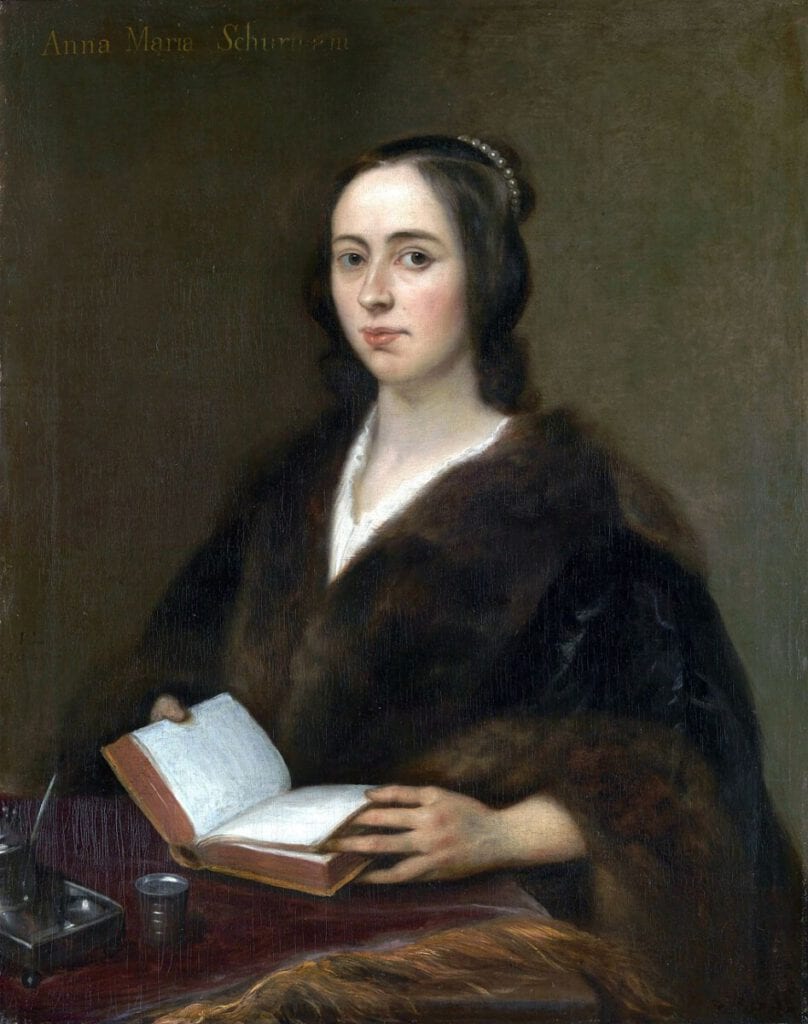
All in all, it was worth it: Anna Maria became well-educated and could speak 14 languages, including Latin, Greek, Hebrew, Arabic, Syriac, Aramaic, and Ethiopic, as well as various contemporary European languages.
She was also renowned as a scholar, poet, and painter. What a legend!
2. Cornelia ‘Corrie’ ten Boom: a weapon of the Dutch Resistance (1892-1983)
Corrie ten Boom is credited with saving around 800 Jewish people during World War II through her work in the Dutch Resistance. Corrie and her family opened their home to refugees, hiding them behind a secret wall.
“Forgiveness is an act of the will, and the will can function regardless of the temperature of the heart.” Corrie Ten Boom – Nazi Holocaust Survivor pic.twitter.com/bW52ygrvgH
— Stephen Uzzell (@StephenUzzell2) May 9, 2020
She later worked to smuggle Jewish people to safety through underground networks. Unfortunately, Corrie and her family were caught, and she was arrested and sent to the Ravensbrück concentration camp.
She was released in late December 1944 thanks to a clerical error — while the other women in her camp were sent to the gas chambers a year later.
3. Fanny Blankers-Koen: the flying housewife (1918-2004)
Fanny Blankers was a 30-year-old mother of two when she competed in the 1948 London Olympics.
She became the most successful athlete at the event when she won four gold medals for the 80 metre, 100m, and 200m hurdles, plus the 4 x 100m relay!
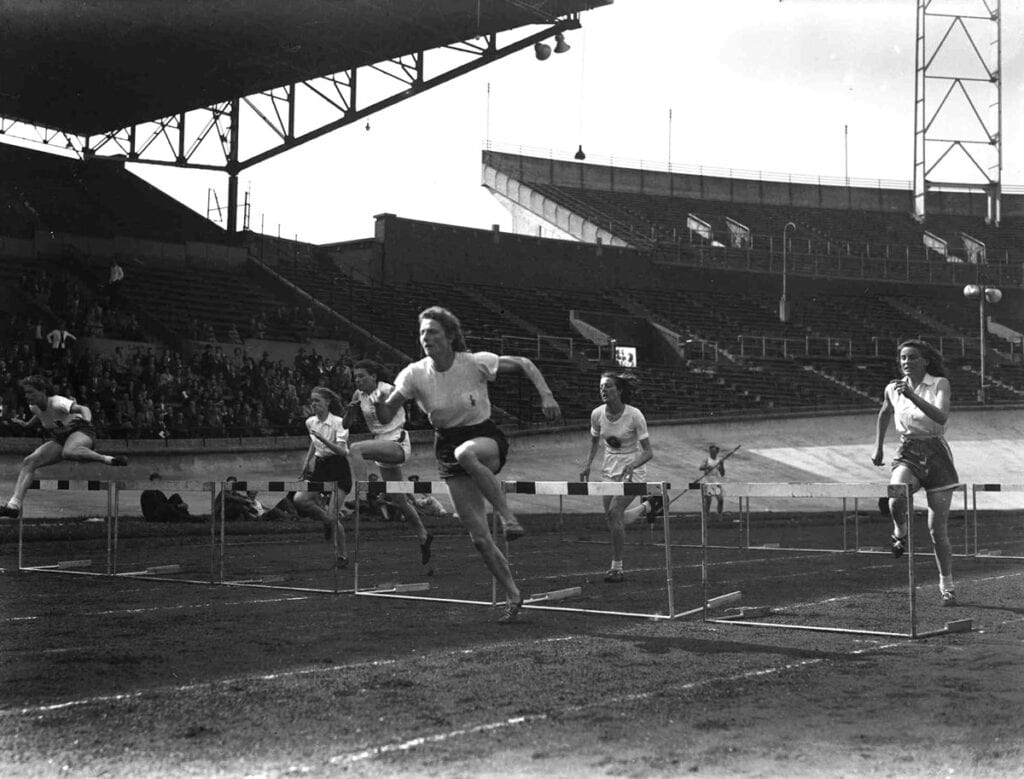
But Fanny, nicknamed “the flying housewife,” didn’t leave her success at the Olympics. She went on to win five European titles, set/tied for 12 world records and won a whopping 58 Dutch championships.
In 1999, she was awarded the title “athlete of the century” by the International Association of Athletics Federation — flying champion seems like a more accurate description!
4. Elisabeth Wandscherer: the original “let them eat cake” (†1535)
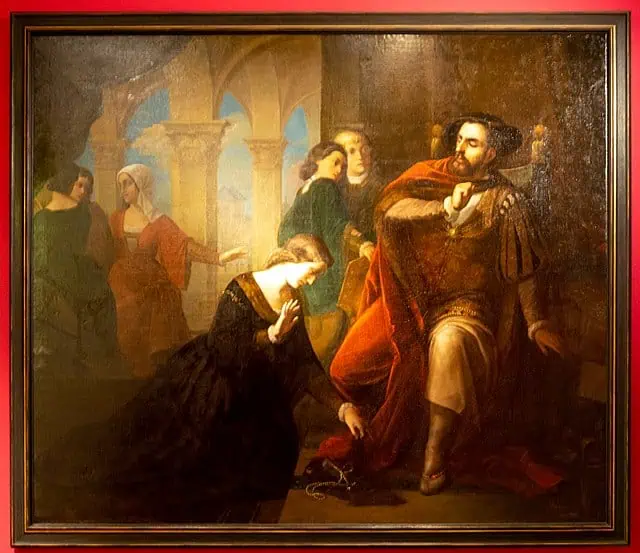
A jump back in time takes us to Elisabeth Wandscherer, one of the 16 wives of the dictator Jan van Leiden.
Van Leiden chose Elisabeth as one of his many spouses in the German city of Münster after he made polygamy compulsory — his convenient response to the fact that the number of women in the city outnumbered the number of men.
But Elisabeth wasn’t a quiet wife: when the city was under siege during the Münster Rebellion, food shortages caused starvation. Elisabeth openly criticised Van Leiden for living a life of luxury while his people starved.
She returned the lavish gifts he had given her and requested to leave the city — but Van Leiden wasn’t a particularly reasonable man and had her publically beheaded instead.
5. Mata Hari: a sex symbol who owned it (1886-1917)
Born in Leeuwarden as Margaretha Zelle, Mata Hari is one of history’s best-known courtesans.
The Dutch dancer, who lived in the Netherlands, Indonesia, and France, began her career after leaving her husband, Dutch Colonial Army Captain Rudolf MacLeod, due to his alcoholism and abusive nature.
Along with a track record of infidelity, she cut ties with married life and took to the stage. She believed her “flawless body” was a gift from God and that it was a crime not to flaunt it — so she did. You go, girl!
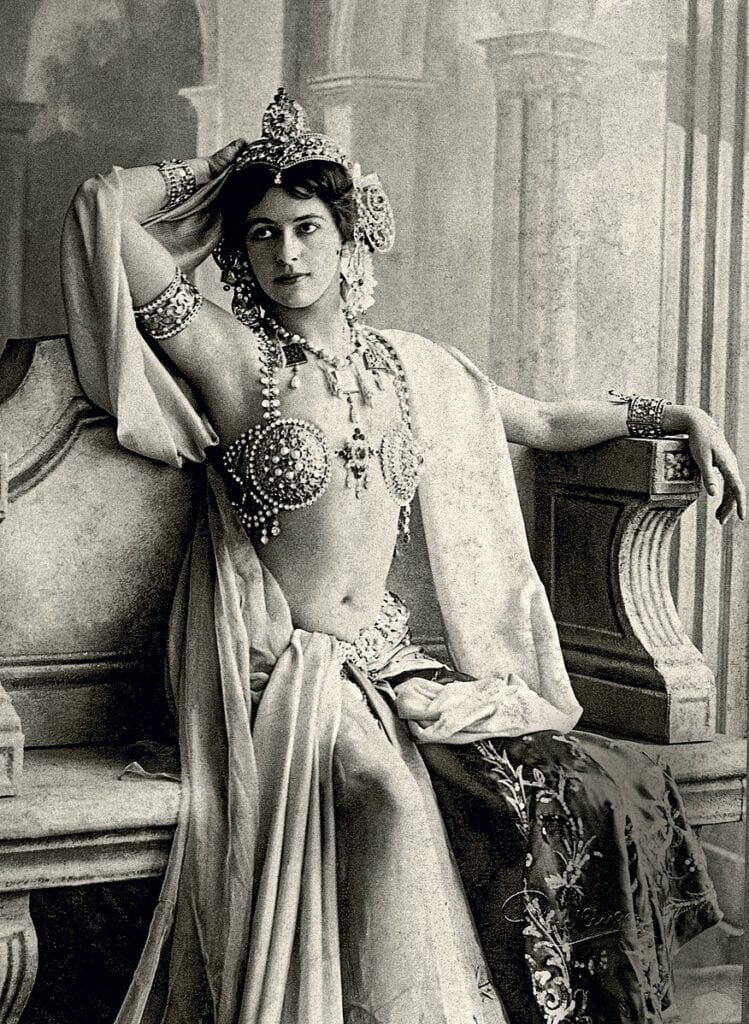
As a feminist ahead of her time, she pursued her dream unconventionally. But it was her travels between the UK, Germany, France, and the Netherlands that drew the attention of the Germans.
The Germans believed she was working as a double agent for both Germany and France during World War I.
On February 13, 1917, Mata was arrested by the French on the grounds of being a secret agent. She was found guilty of espionage and executed by a firing squad on October 15, 1917.
6. Sylvia Kristel: from a turbulent upbringing to a silver screen star (1952-2012)
Born in Utrecht, Sylvia won Miss TV Europe in 1973 at just 21. Her linguistic talents opened doors into the film industry for her.
Best known for her roles in the five Emmanuelle films, she was famed for bringing “softcore” pornography to mainstream cinema.
Sylvia won critical acclaim for her title role — and Emmanuelle remains the most iconic erotic French film ever made to this day.

Clearly not averse to getting her kit off, Sylvia also starred in Lady Chatterley’s Lover (the first “Fifty Shades” of its time) and even played Mata Hari in the nudity-filled WWI biopic.
However, Kristel had a turbulent upbringing. She was abandoned by her father, abused as a child, and addicted to drugs and alcohol. It was no surprise that after 49 years of smoking, lung cancer finally took her life, aged just 60.
7. Hannie Schaft: the red-haired badass of the Dutch resistance (1920-1945)
Jannetje Johanna Schaft, or Hannie Schaft, worked for the Dutch resistance during the German occupation of the Netherlands.
She acted as an assassin and saboteur for the resistance and became known to the Germans as “the girl with the red hair” — a description that was placed on the Nazi’s most-wanted list.
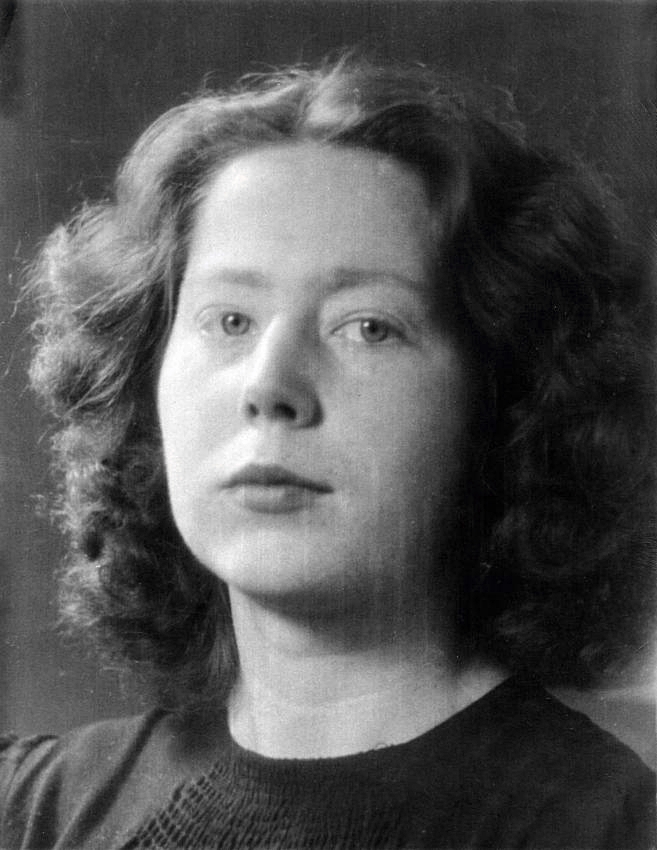
Schaft carried out many brave acts of resistance but sadly didn’t survive the German occupation. She was arrested at a military checkpoint in Haarlem on March 21, 1945, and was executed by Nazi officials on April 17, 1945.
She was shot at close range by two German soldiers. However, their first attempt only wounded her. She is said to have told them “Ik schiet beter,” meaning “I shoot better,” before receiving one last fatal shot.
8. Freddie Oversteegen: the teen Dutch resistance fighter (1925-2018)
Freddie Oversteegen was just 14 years old when she became an assassin for the Dutch resistance during the German occupation of the Netherlands.
She belonged to a group of three young women (including her sister, Truus, and Hannie Schaft) who would sabotage and assassinate German soldiers and traitors.
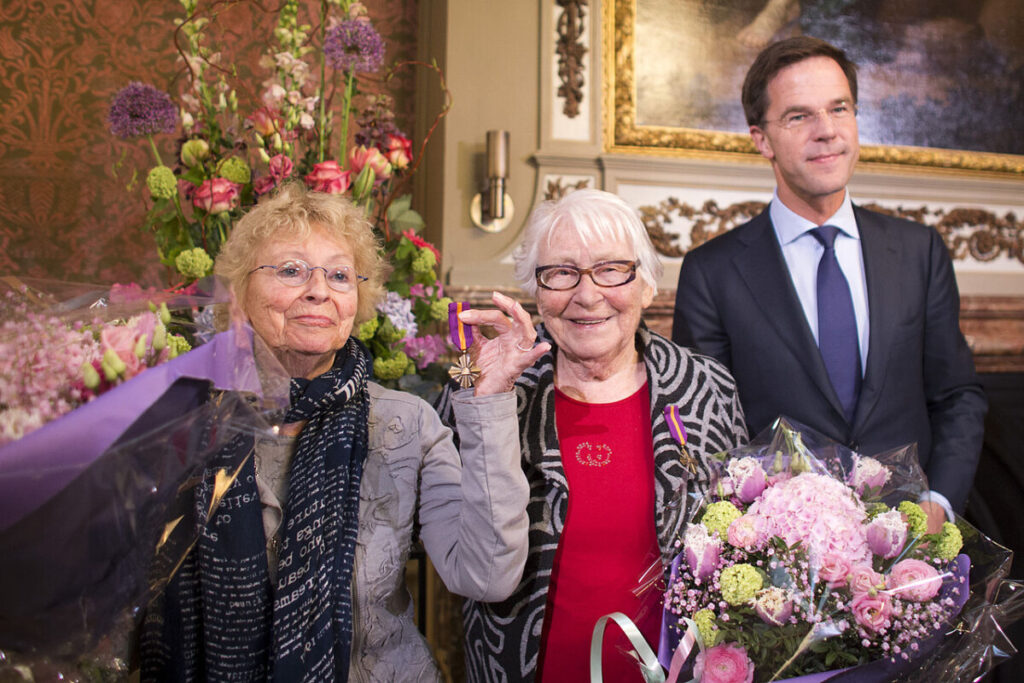
Freddie was quite small and wore her hair in two braids, which made her look innocent and enabled her to get away easily. Her method of attack was often a drive-by — Truus would cycle a bike whilst Freddie sat on the back and shot.
However, Freddie is most famed for her second assassination technique. She would meet soldiers and collaborators in the taverns and ask them if they would like to “go for a stroll.” Upon accepting the offer, the targets would be led to the woods and shot in a surprise attack.
9. Aletta Jacobs: suffragette and the first female Dutch doctor (1854-1929)
Aletta was a Dutch suffrage activist born in Sappemeer. As the daughter of a doctor, she knew from an early age the future she wanted for herself. Aletta studied many languages along with history and mathematics (all subjects typically saved for boys).
Thanks to her father’s encouragement after being denied access to secondary education in 1867, she fought for her rights, later beating all odds to become an assistant chemist.
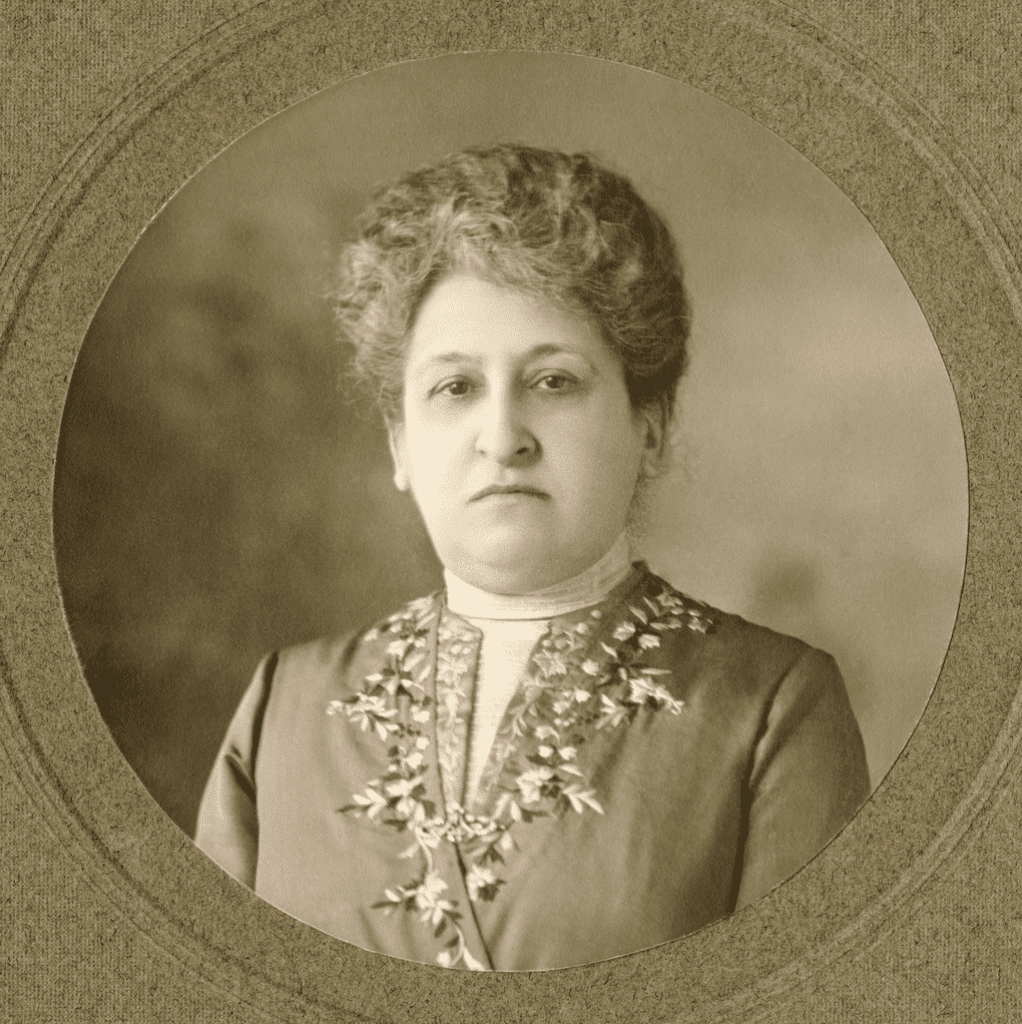
Aletta obtained permission from the then-First Minister of the Netherlands to attend a university where she became the first Dutch woman to complete a degree in medicine and become a doctor.
Her work and championing of feminism filled her entire life. Aletta worked to protect women from trafficking and the impunity of prostitution.
She helped to protect women from STIs, provided contraception, and offered free consultations to prostitutes, poor people, and children.
In 1903, Aletta became the leader of the International Women Suffrage Alliance — truly championing women’s rights — and helped lead women to obtain the right to vote in 1919.
10. Corry Tendeloo: champion for equality (1897-1956)
Born in Indonesia, Cornélie Tendeloo moved to Leiden before becoming a lawyer in Amsterdam. It was a love for parity, social movements, and justice that led her to a life of public service and, ultimately, politics.
Beginning her political career as a councillor, she then obtained her seat in the Dutch House of Representatives after the war. Corry is the woman we have to thank for having the right to work.
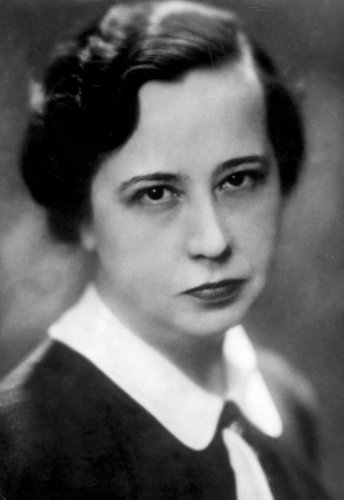
It was her efforts that helped to abolish the law that insisted only married women had the right to work.
Sadly, Corry died before seeing this emancipation for women, which allowed them to obtain gainful employment legally, become a reality.
Her work in seeking equality between husband and wife and men and women is still referenced today — she, after all, helped to squash sexist rules that prevented women from thriving.
11. Anne Frank: a writer’s glimpse into WWII (1929-1945)
We couldn’t possibly finish this post without a nod to arguably the best-known woman in the Netherlands, Anne Frank. In a world-renowned diary, Anne provided the only real insight we have into the life of a Jewish person during World War II to date.
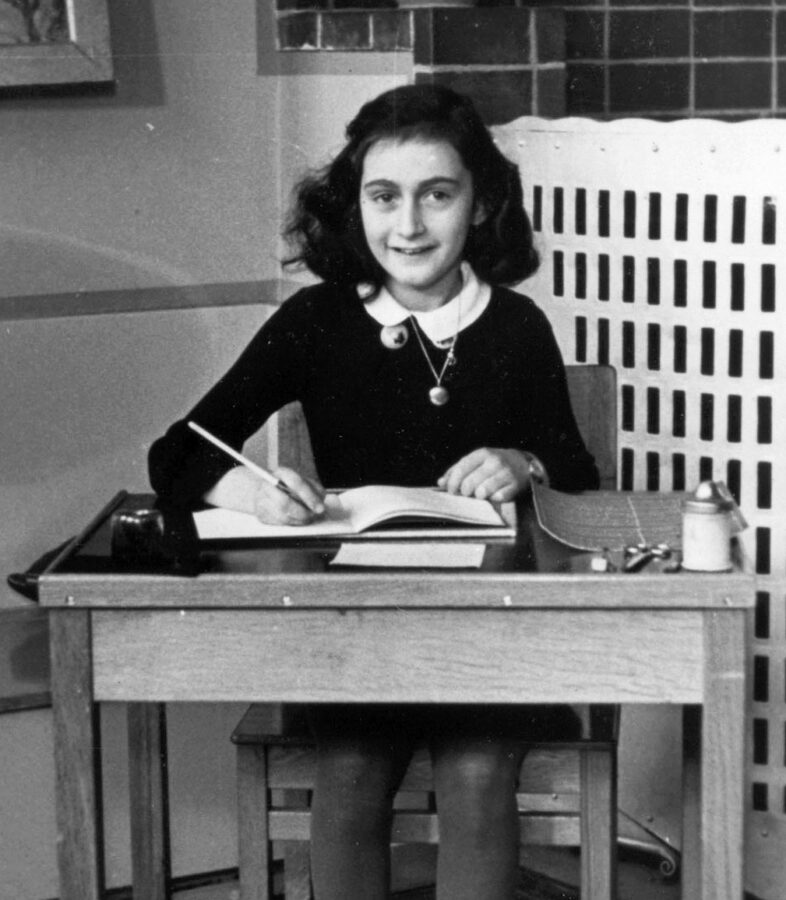
Anne’s diary provided a window into the life of a family, fearful for their lives and innocently caught up in Hitler’s Nazi Germany.
The story of Anne Frank humanised WWII in a way that nothing else could.
Who is your Dutch heroine, and where do you seek inspiration from this International Women’s Day? Let us know in the comments!





My mother was named after Aleta Jacobs who was a friend of the family. My grandmother, Emilie Broese van Groenou, and her sisters, Wilhelmina and San, were at the forefront of the women’s suffrage movement in the 1920s. Very proud to be a descendant!
Hello Maria,
Nice article indeed. Maybe consider to correct the birth year from 1986 to 1886?Stay blessed. Regards.
Considering the contribution of Corry Tendeloo to womens’ equality: she proposed a law to allow women to STAY working as a civil servant when they married. Before that female civil servants were automatically fired when they got married!
Thank you so much all these beautiful ladies..
You chose the worst possible examples. Arguably not even Dutch to begin with.